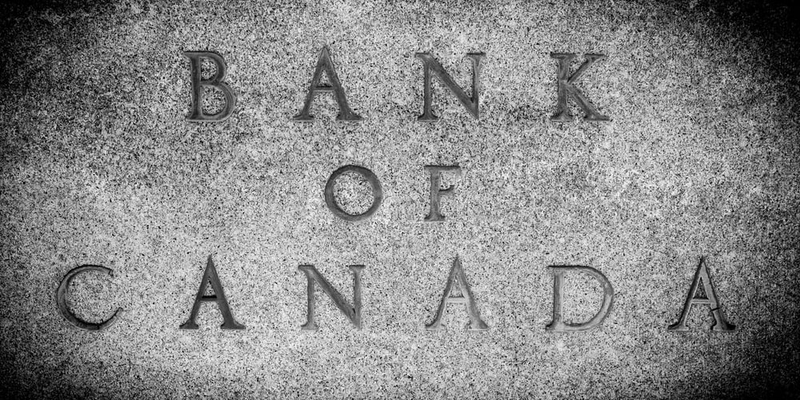
If you are not redirected within 30 seconds, please click here to continue.
Samedi: 10h – 16h HAE

If you are not redirected within 30 seconds, please click here to continue.
If you are not redirected within 30 seconds, please click here to continue.
What Today's Bank of Canada Announcement Means to Mortgagors

Table of Contents
BoC in Brief
- Today's BoC Announcement: No change to rates
- Overnight rate: 0.25%
- Prime Rate: 2.45% (no change; see Prime Rate)
- Market Rate Forecast: Four to five 0.25% hikes within 36 months
- BoC's Headline Quote: “We remain committed to holding the policy interest rate at the effective lower bound until economic slack is absorbed…In the Bank’s July projection, this happens in the second half of 2022.”
- BoC on the Economy: “The Bank continues to expect the economy to strengthen in the second half of 2021…”
- BoC on Inflation: “…Factors pushing up inflation are expected to be transitory, but their persistence and magnitude are uncertain…”
- BoC's Full Statement: Click here
- Next Rate Meeting: October 27, 2021

The DOT's Take
The Bank of Canada stuck to its long-standing script today, reiterating that:
- Canada’s economy will recover
- COVID could delay that recovery
- Above-normal inflation is “transitory”
- Canada’s key lending rate will rise
You’ve heard it all before.
Implied future rates have dropped in the bond market since peaking on March 22. Traders are now implying that 5-year bond/mortgage rates in 2024 will be about 0.35 percentage points lower than expected just five months ago.
That reflects nothing other than our bumpy recovery, one that’s been dogged by the most infectious wave of COVID yet.
Eventually herd immunity will bring us near business as usual, but the bond market is growing weary of predicting when that will be. With ¼ of eligible Canadians and young people still unvaccinated, it won’t be this year.
On that latter note, inflation expectations remain worrisomely high. That's led the BoC to temper its prediction that inflation is temporary. If the BoC is wrong on that prediction, it's the biggest risk that floating-rate mortgagors face.
How to Play It
The Bank’s statement today had optimistic notes, as it should. The storm clouds of COVID will pass, and Canada’s economy will recover, justifying higher mortgage rates.
At this stage, however, it’s clear that the start/stop nature of Canada’s recovery has done further lasting economic damage. Last week's horrendous GDP report was evidence of that. In turn, the Bank of Canada's “terminal rate” (peak rate) at the end of the recovery could end up lower than expected. That theoretically improves one’s chances in a variable rate, albeit slightly.
From a term selection standpoint, fixed and variable rates are in a horse race with no clear winner. A well-qualified borrower who values rate certainty can’t go wrong in a 5-year fixed near/below 2%—assuming you don’t plan to break the mortgage early or you choose a “fair penalty” lender. Insured mortgagors are still locking in below 1.59%—incredibly cheap money for a five-year term.
Conversely, the risk-takers among us (those with financial security) shouldn’t reject floating rates simply because they fear extreme hikes in the future. If the BoC is right about inflation being transitory—and it’s staking its reputation on it—then the significant upfront savings in a variable could offset your losses when rates start climbing. But that remains a gamble.
As we’ve noted before, term selection based heavily on future rate forecasts is a fruitless task. That’s why today’s 1.74% hybrid mortgages (half 5-year fixed and half variable) remain so appealing. They’re a sensible diversified approach to term selection where you’re guaranteed to win on at least half your bet, and not lose much on the other half.
Chart source: Bloomberg
Get money-saving tips in your inbox.
Stay on top of personal finance tips from our money experts!








